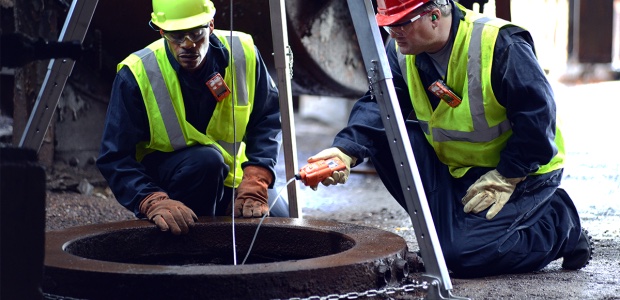
By Kyle Krueger
Given the statistics on confined space deaths, shouldn't rescuers know about atmospheric conditions before entering and attempting rescue? And shouldn't the attendant know about the entrants' readings in real time anyway?
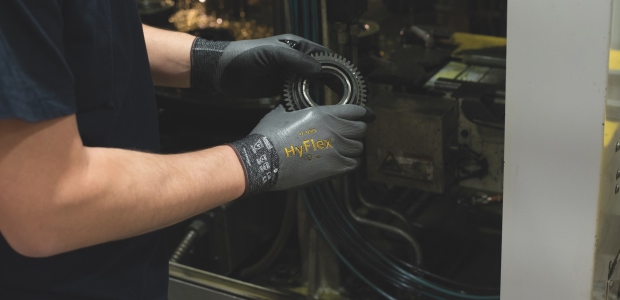
By Steve Genzer
On average, about 120,000 people annually undergo surgery to relieve work-related carpal tunnel symptoms. This is a significant expense for employers.
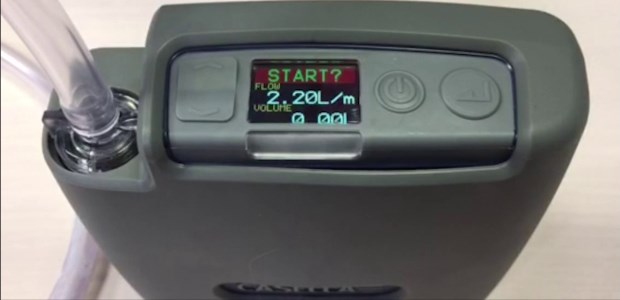
By Steve Ochs
Monitoring and sampling for dusts, gases, vapors, and mists should be a part of any personal exposure assessment initiative and is not only accepted practice, it represents best practice when done correctly.

By M.B. Sutherland
The latest innovations in nitrile-based glove coatings have created a game-changing double-dip that takes the best of traditional palm coatings and rolls them into one unique glove treatment without sacrificing dexterity or tactile sensitivity.
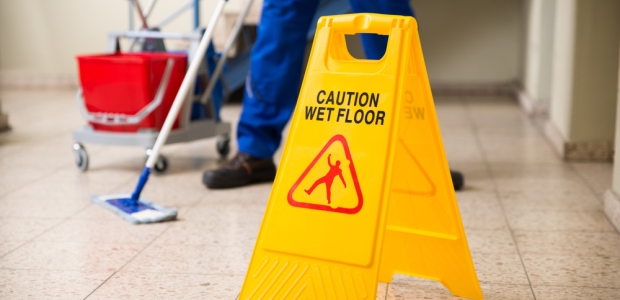
By Karen D. Hamel
Establishing procedures for routine cleaning in production areas can help to maintain workspaces, storage rooms, and fluid dispensing areas. It also can make annual “spring cleanings” less time consuming.

By Justin Carron
The dangers of arc flash events in health care are amplified by the possibility for downtime resulting from arc flashes. Downtime in the health care environment is simply not acceptable.
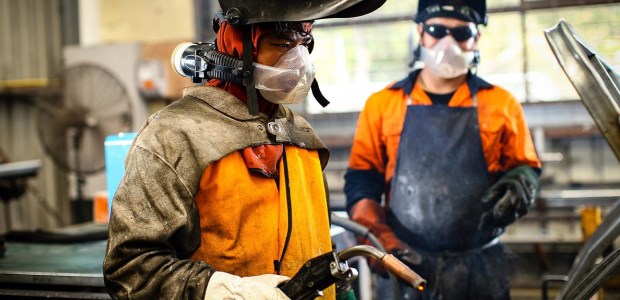
By Rick Marquez
New and innovative PAPR products are increasing user acceptance and protecting workers better.

By Jerry Laws
One of the newest consensus standards from the International Safety Equipment Association aims to prevent head injuries and other serious injuries and damage from the impact caused by dropped objects.
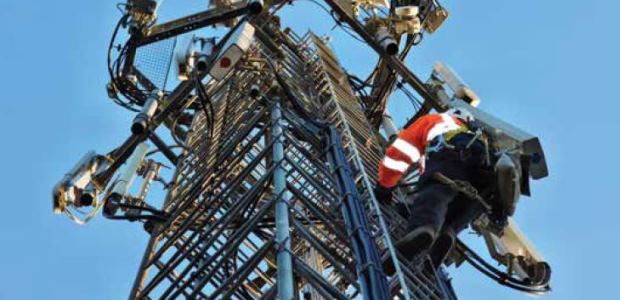
By Jerry Laws
Falls figured prominently in OSHA's enforcement actions during August and September 2018.
By Robert Pater
Ultimately, applying leading indicators to a high level means first unearthing the alternate universe of "what could have been done better" and then measuring these desired actions.
By Jerry Laws
Hurricanes Florence and Harvey suggest areas that are vulnerable to Atlantic hurricanes could be hit with much more costly and dangerous storms than in the past.